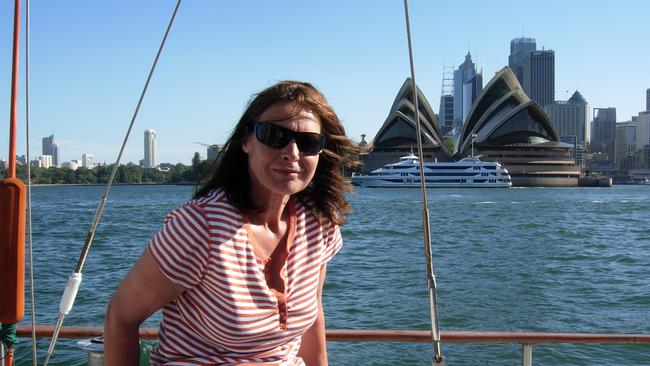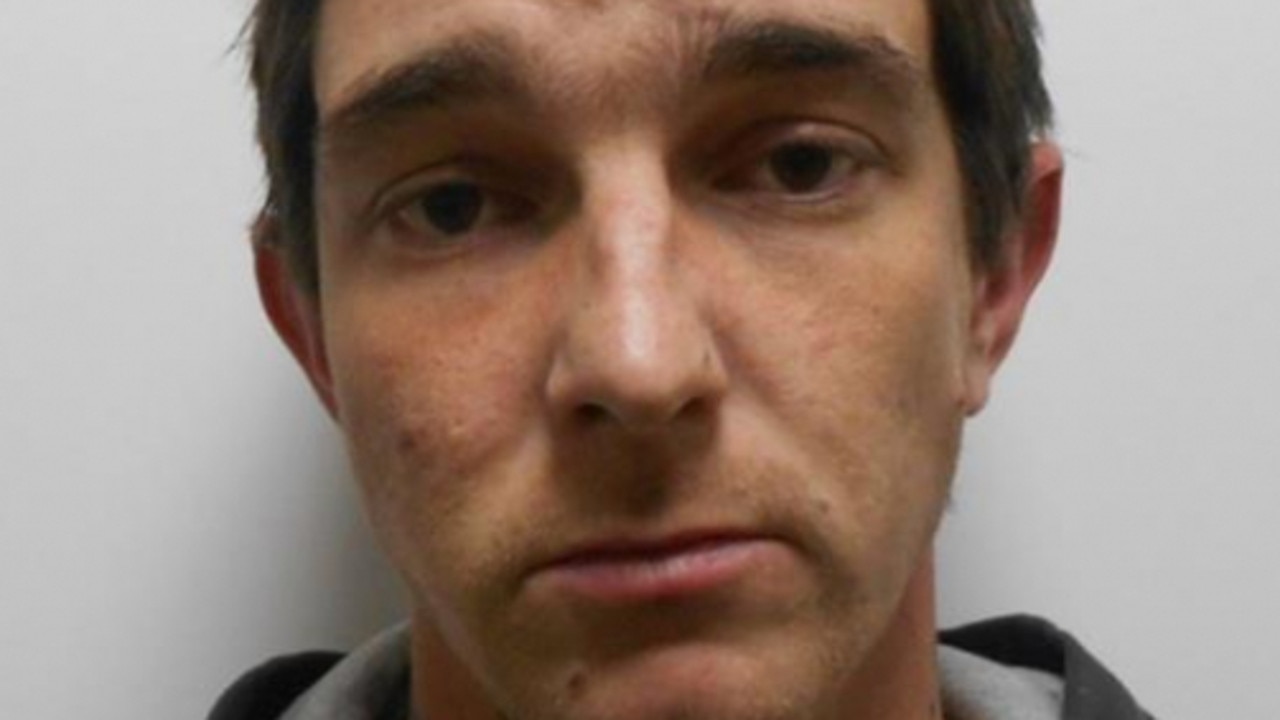How notorious murderer Susan Neill-Fraser ended up in High Court
One of Australia’s most infamous killers launched a High Court battle this week. Here’s how the murder case got to this point.
NewsWire
Don't miss out on the headlines from NewsWire. Followed categories will be added to My News.
Convicted murderer Susan Neill-Fraser has lost a last-ditch effort to overturn her conviction after the High Court refused an application to appeal.
The 68-year-old was sentenced to 23 years in jail for killing partner Bob Chappell aboard the couple’s yacht, Four Winds, in 2009.
Mr Chappell’s body has never been found.

Lawyers for the Hobart grandmother wanted the High Court to consider if a jury had given appropriate consideration to whether DNA evidence could have placed another person at the scene of the crime.
But High Court Justices Simon Steward, Jacqueline Gleeson and Stephen Gageler “were not persuaded” by the defence’s argument and refused to hear the case.
The application for special leave to appeal centred on questions around how the DNA of a then homeless teenager, Meghan Vass, came to be found on the deck of the Four Winds.
Ms Vass has given conflicting accounts on her whereabouts on the night Mr Chappell was murdered, but told the 2010 trial she did not remember being on or near the yacht at the time.
Neill-Frasers' appeal before Tasmania’s Court of Criminal Appeal was dismissed last November after two of the three justices there rejected the appeal.

It ruled the new evidence did not meet the required threshold of “fresh and compelling”.
During the 2010 trial, the prosecution argued the DNA deposit from Ms Vass had arrived on the deck of the boat via secondary transfer, potentially from the sole of a shoe.
In Neill-Fraser’s appeal, lawyers argued it was wrong to dismiss the DNA evidence and if the jury had the chance to consider the possibility it was a primary deposit, it could have raised a question of reasonable doubt.
But the Tasmanian Court of Criminal Appeal found the evidence of forensic expert Maxwell Jones did not prove there was a miscarriage of justice.
A dissenting view from Justice Stephen Estcourt said there was a “significant possibility” the trial jury may have acquitted Neill-Fraser had it heard Mr Jones’ evidence.
On Friday, Director of Public Prosecutions Daryl Coates SC told the court “a significant amount” of Mr Jones’ evidence was “favourable to the crown”.
The High Court ruled the Tasmanian Court of Appeal had not erred and refused to hear the case.
A small group of Neill-Fraser supporters were present in the courtroom and expressed their shock at the ruling.
In a statement, president of the Neill-Fraser Support Group, Rosie Crumpton-Crook, said the result was “devastating”.

Neill-Fraser was found in 2010 to have attacked her partner of 18 years and dumped his body in Hobart’s River Derwent.
She has always maintained her innocence.
Daughter, Sarah Bowles, said her mother had “been brave and stoic” during her 13 years in prison and lashed the High Court for dismissing the case.
“We will not be deterred in our efforts to overturn what is a clear miscarriage of justice,” Ms Bowles said in a statement.

“Australia needs a better way to handle wrongful convictions such as the British system provides. Every Australian should be concerned by this case.
“We will continue to fight to press for an Independent Commission of Inquiry.”
Neill-Fraser is unlikely to apply for parole despite being eligible this month.
Robin Bowles, who wrote a book titled Death on the Derwent, recently explained why.
“She‘s not going to admit to something she didn’t do, and usually to get parole you have to say you’re sorry,” Bowles told Mamamia.
“She’s told everyone she’s staying there until she’s exonerated.”
She previously had a special leave application refused by the High Court in 2012.
Originally published as How notorious murderer Susan Neill-Fraser ended up in High Court


